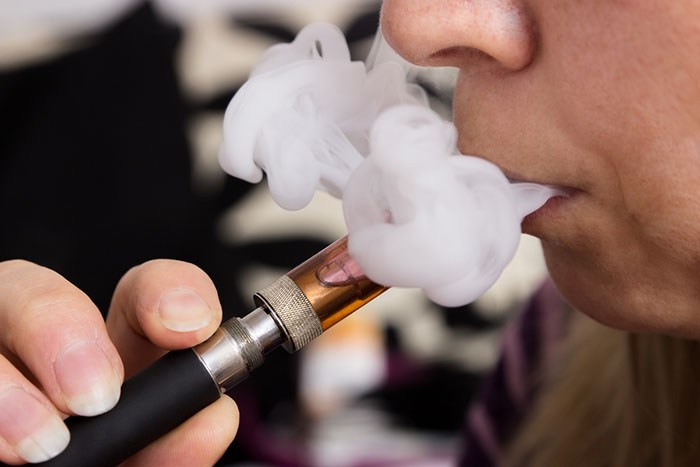Smoking Cessation: Why and How to Quit
According to the CDC, tobacco use is the leading cause of preventable disease, disability, and death in the United States. Smoking, use of smokeless tobacco products (i.e. chewing tobacco), and exposure to secondhand smoke can cause and exacerbate a variety of health problems, including lung cancer, coronary heart disease, and Chronic Obstructive Pulmonary Disease (COPD).1
Why Smoking is Dangerous to Your Health
The chemical that makes it so hard to quit smoking is called nicotine. Nicotine is not only highly addictive, but it also extremely dangerous and can cause an increase in blood pressure, heart rate, flow of blood to the heart, and a narrowing of the arteries (vessels that carry blood). Cigarette smoke contains thousands of other chemicals, several of which are known to cause cancer and other health issues, like gum disease, infertility, type 2 diabetes, loss of bone density, and more.
How to Quit
Smoking cessation is not an easy process, but it is worth the effort. When making the decision to quit, it’s important to identify and focus on your specific reasons for quitting. It’s not unusual to relapse while trying to quit—many people try to quit multiple times before finally kicking the habit for good. Fortunately, there are medications and tools to help you on your journey to a healthier, smoke-free life. Ask your healthcare provider about FDA-approved medications, which include nicotine patches, gum, lozenges, inhaler, and nasal spray as well as varenicline (Chantix) and bupropion (Zyban). You can also find toolkits online from the CDC, American Lung Association, and others. Don’t be afraid to join in-person support groups and lean on family and friends for encouragement and motivation.
What to Expect When You Quit
The first seven to 10 days without smoking are typically the toughest, but you’re also likely to notice the are many positive changes that can happen—some as soon as 20 minutes after you quit!
According to the American Lung Association2:
- Your heart rate will drop to a normal level 20 minutes after quitting.
- Your carbon dioxide levels will normalize, and your risk of heart attack will decrease significantly within 12 to 24 hours of quitting.
- Your lung function will begin to improve two to three months after quitting.
- Your added risk of coronary heart disease will decrease to half that of a smoker's one year after quitting.
When you stop smoking, you make a commitment to be healthier and live better. It may be hard, but it’s not impossible, and your future self will thank you for it!
1cdc.gov/tobacco/data_statistics/fact_sheets/fast_facts/index.htm
2https://www.lung.org/stop-smoking/i-want-to-quit/benefits-of-quitting.html





